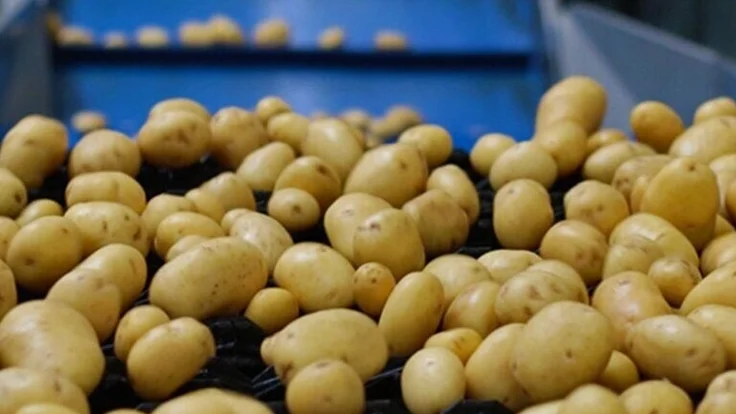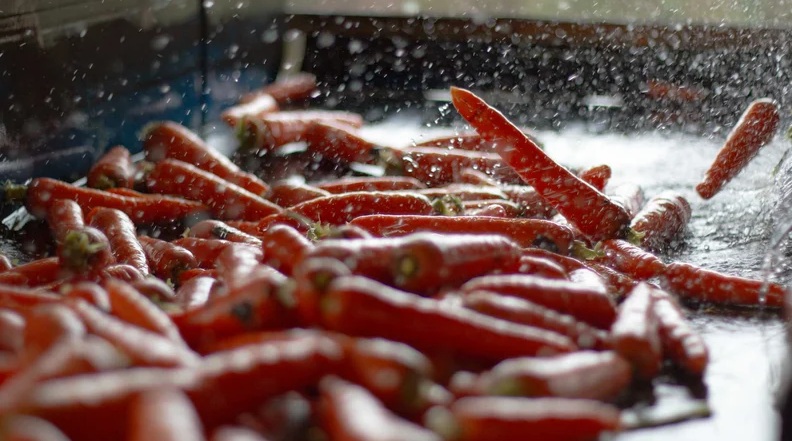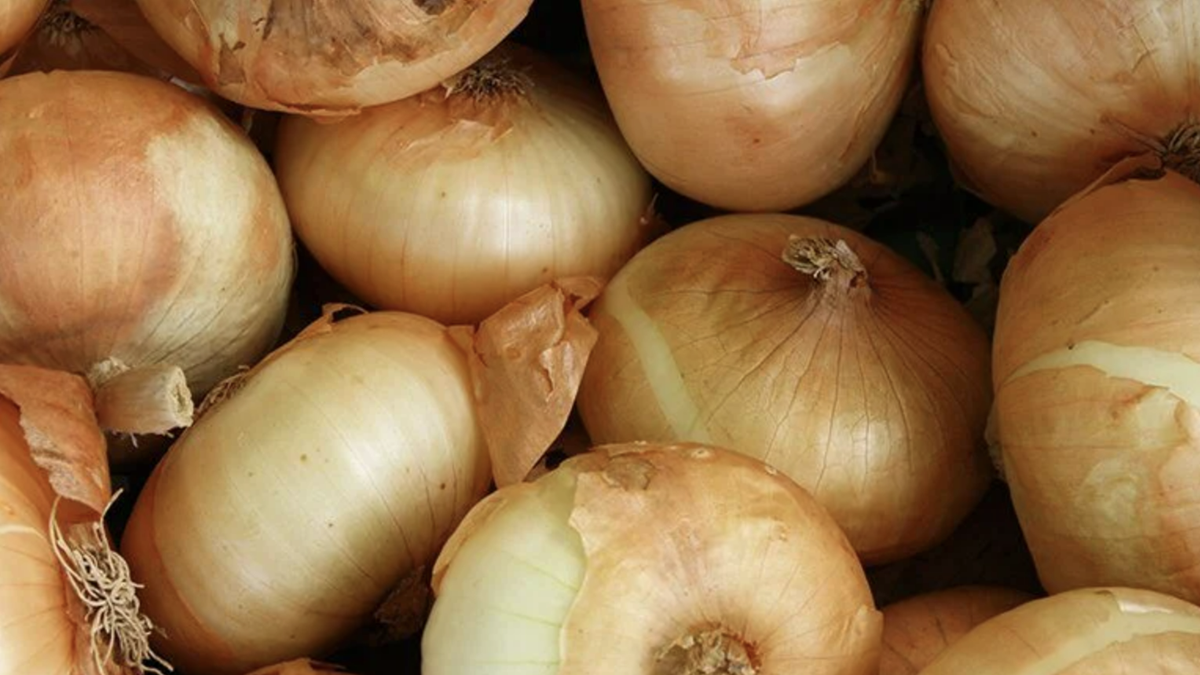Conditioning , Cooling and CA , Packaging , Processing
How to get the best out of your carrots
For many families, carrots are a household staple and have been for thousands of years. Carrots are so versatile that they remain at the forefront of many dishes from dips and salads through to boiling and roasting. Consumers expect their carrots to be in the best possible condition. They buy carrots that look good on the shelf, and expect carrots to retain their quality until they are ready to eat them. Unfortunately, dehydration, decay and rotting are all potential threats to carrot quality. The condition of the carrots can be traced right back to the harvesting and pack-house processes. The best practice for carrot harvesting and processing varies from region to region around the globe depending on their unique conditions and carrot varieties. This guide has been put together to provide some insights and tips to answer some of the questions Wyma often receives from our carrot customers around the world. Peter Knotts, the Group Project Delivery Manager at Wyma Solutions, offers ideas for growers on improving the quality
03 September, 2018
For many families, carrots are a household staple and have been for thousands of years. Carrots are so versatile that they remain at the forefront of many dishes from dips and salads through to boiling and roasting.Consumers expect their carrots to be in the best possible condition. They buy carrots that look good on the shelf, and expect carrots to retain their quality until they are ready to eat them. Unfortunately, dehydration, decay and rotting are all potential threats to carrot quality. The condition of the carrots can be traced right back to the harvesting and pack-house processes. The best practice for carrot harvesting and processing varies from region to region around the globe depending on their unique conditions and carrot varieties. This guide has been put together to provide some insights and tips to answer some of the questions Wyma often receives from our carrot customers around the world. Peter Knotts, the Group Project Delivery Manager at Wyma Solutions, offers ideas for growers on improving the quality from harvest to processing. He starts with nine tips for improving carrot quality: 1 - Harvest in cooler parts of the day.2 - For delays between harvesting and washing, place carrots in the shade or in a temperature-controlled area. 3 - Use liners during storage and transportation to increase moisture retention. 4 - Polish carrots so the outer skin is fully removed 5 - Cool produce using a Hydro-Cooler, forced-air cooling or hydro-vacuum cooling.6 - For long-term storage, use a controlled atmosphere with high humidity to avoid dehydration.7 - Store and transport carrots in a controlled atmosphere.8 - For best results, ensure you have a cool chain all the way to the supermarket shelf. Chill carrots in a cool store ? Transport in a refrigerated truck ? Utilise supermarket cool store ? Ensure your produce is arranged on a cooled shelf or spray with cold water periodically. 9 - If you experience dehydration with your carrots at home, place them in a bowl of icy water for 15 minutes. Alternatively, store carrots in the fridge in cold water so there is no further chance of dehydration. Peter Knots focus on how to avoid carrot silvering. Carrot silvering is the white film that sometimes appears on carrots. The white film (also known as scaling or blushing) occurs as the carrots outer skin (periderm) becomes dehydrated. This is the carrots natural response and acts as a protective measure to stop the carrot becoming more dehydrated.Carrots are a root vegetable so while they are growing they hold a lot of water. This water nourishes the carrot as it grows. After the carrot is picked from the ground, the moisture evaporates into the atmosphere causing the carrot to start to dehydrate. Dehydration causes carrot cells to die. When the cells die, they detach from the carrot - like dandruff - causing the white blush. This leads to rapid deterioration of the carrots visual appearance. Even though the white film (or blush) is safe to eat, the whiteish appearance lowers the perceived quality of the carrot, making them harder to sell. This can be devastating to growers. When produce quality is low, the sell-price is low.Growers want to make sure their produce is the highest possible quality. The resource explais what can growers do to reduce carrot silvering. It are a set of measures during:- Harvesting- Storage before processing- Processing- Storage after processing. To get the resource, click HERE.WYMA also counts on following resources- Investing in a post-harvest processing line- Reduce the impact of potato bruising on profitabilityReach it by clicking HERE.











